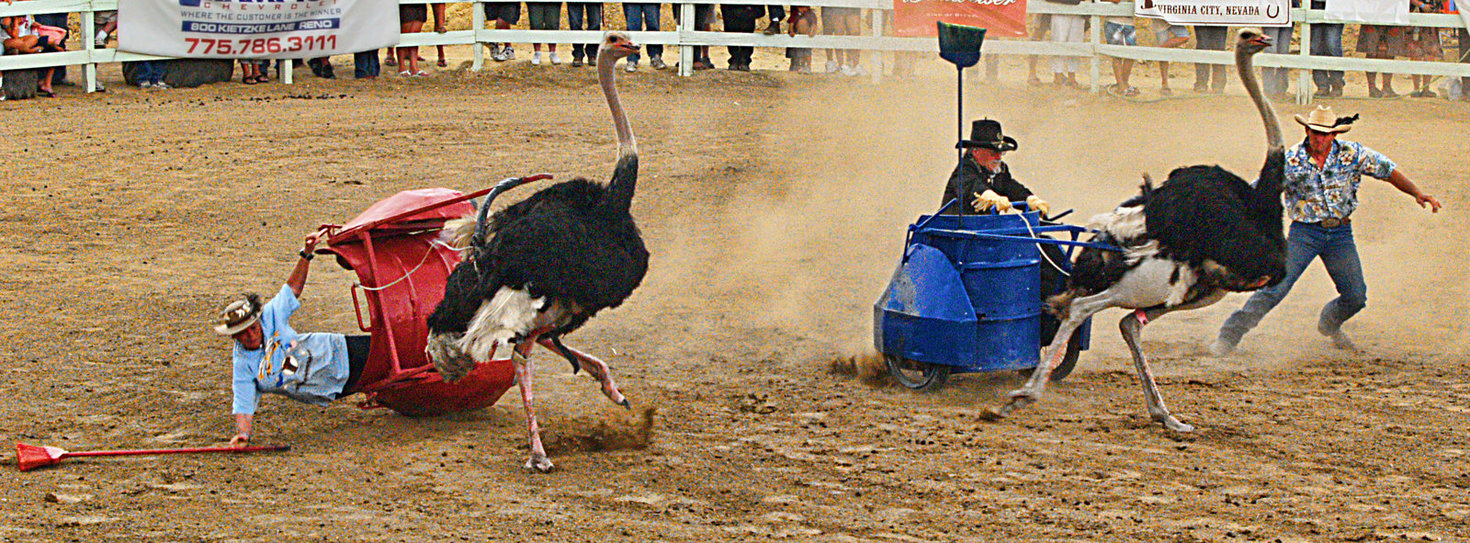
/pic882781.jpg)
For example, the Flaminio Obelisk that Pope Sixtus V moved to Piazza del Popolo in the 16 th century.⠀ This Vintage Video Is 1960s Britain At Its Bestĭespite changes in technology and the coming of the horseless carriage, chariot racing never really died. Much of the original stone was looted and a number of the monuments have been moved to other locations. Today, the racing tracks are visible, but covered in grass, and there is little else left to see. Since it is near to the Roman Forum (link: The Roman Forum), the Capitoline Museums (link: The Capitoline Museums), the Colosseum and the Baths of Caracalla (link: Caracalla thermal baths), it is a perfect spot for a well-deserved break from sightseeing. Since it became a public park in 2016, entrance has been free, attracting visitors and locals alike to relax on the grass or take a casual stroll.

Crops have been grown there, it has been used as a cemetery and for a time it was even a gas warehouse! Today, all that remains is a large open space that hints at the size and shape of the original stadium. The maximum circus had a capacity of 300,000 spectators Circus Maximus is now a public parkĬircus Maximus has been put to many different uses since the last race was held there in the year 549. Julius Caesar and, later, Augustus supervised the original construction work and Nero, Titus, Trajan, Caracalla, Constantine and Constantius II all made changes or additions. Whilst there are still some remains of the wooden stadium that existed in the 17 th century AD, a fire in the year 31 AD meant that a more robust, stone stadium was constructed in the valley between Palatine Hill and Aventine Hill. Rome’s great stadium: a little bit of history Indeed, the Latin words Circus Maximus actually mean ‘the largest circus’ and the title remains valid today. You can save yourself the trouble of looking it up there really hasn’t ever been a stadium in history with a capacity that beats the Circus Maximus. Just to give you an idea of the dimensions, Santiago Bernabeu football stadium in Madrid can seat just over 80,000. The grandeur of the Circus MaximusĪt its peak, the Circus Maximus seated up to 300,000 spectators, making it six times larger than the Colosseumwhich only had capacity for 50,000 people.

If you are a history-lover, and particularly if you are interested in Roman society, the Circus Maximus is a must. Whilst time has hit the stadium hard, there are still some remains that are testimony to its glory days. It was mainly used for chariot-racing and other popular events including gladiator fights and athletics, and is still renowned for having been one of the most majestic entertainment venues of all time. The Circus Maximus was the largest sports stadium in Ancient Rome.


 0 kommentar(er)
0 kommentar(er)
